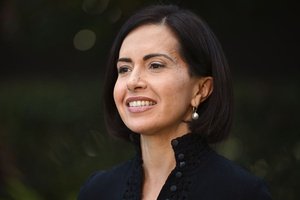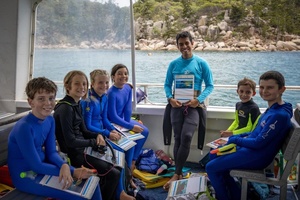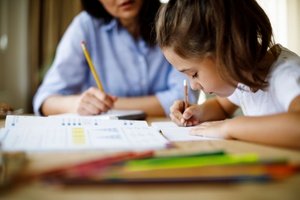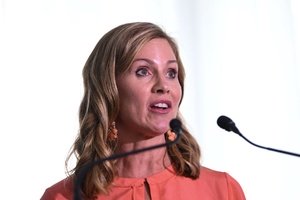That’s according to a new survey of primary school educators, the first of a range of similar surveys to be rolled out in every state and territory in the coming months to gauge the state of music education.
Commissioned by Alberts, ACER (the Australian Council for Educational Research) has developed a measurement framework to understand what, when, how, and who is delivering music education across state and territory government education systems.
Among a host of insightful findings, the SA survey revealed that 94 per cent of primary teachers agree music learning has a positive impact on literacy and numeracy skills and decreases stress and anxiety, 75 per cent believe the training they received is not sufficient to teach up to the Year 6 curriculum, 80 per cent have accessed professional learning support, 68 per cent believe they have high-quality options available, but just 53 per cent say they have appropriate musical equipment to support music education.
Research project lead, Dr Anita Collins, is a member of Music Education: Right From the Start, a collaborative national initiative led by Alberts/The Tony Foundation, which is forging partnerships with each state and territory education department, giving them important insights and data into music education and what’s happening in schools, so that they can make decisions on how they need to improve and where.
Collins, an award-winning educator, researcher and writer in the field of brain development and music learning, explains that with national literacy and numeracy levels of concern in NAPLAN and PISA testing, it’s never been more important to highlight how impactful music learning can be on improvements in these vital areas.
“I think, and the research holds this up, that we’re missing a really important part of [early literacy education], and that is, we need to cognitively develop the students so they’re ready for reading – and that’s exactly what music does, it does it very, very effectively and very cost effectively,” Collins says.
Within the brain, she explains, music and language share an overlapping neural network.
“What that means is music and language travel along the same pathway, and music, or song, is actually our first language – and then language as speech builds on top of that.
“So if you build the foundation, it’s like if you build a highway underneath it, then when they start doing speech and language and reading – basically the brain goes ‘oh, you’ve already made me this really great, really fast, really reliable, highway, I’m just going to jump on top of that’.
“And it means reading acquisition is improved through a typical reading development, [and] if the kids are having any issues like dyslexia, or delayed reading, it improves that cognitive function very, very quickly.”
Collins says it makes the job easier for the teacher, and is “just the foundation of what we need to do”.
South Australia is leading the nation in terms of identifying the importance of early years music education, and that started back in 2018 under a then Liberal state government.
“The really special and unique and revolutionary thing that South Australia is doing is they have made this commitment, regardless of who’s in office, to say, ‘no matter who’s running the show at that particular time, this priority is sacrosanct; it’s something that everyone will support, and when you enter into government, you’re supporting that’,” Collins explains.
The SA education department sees music as a part of what it calls ‘a world class education’, where the department looked abroad, studied world-leading systems globally and determined that one of the common pillars was music education.
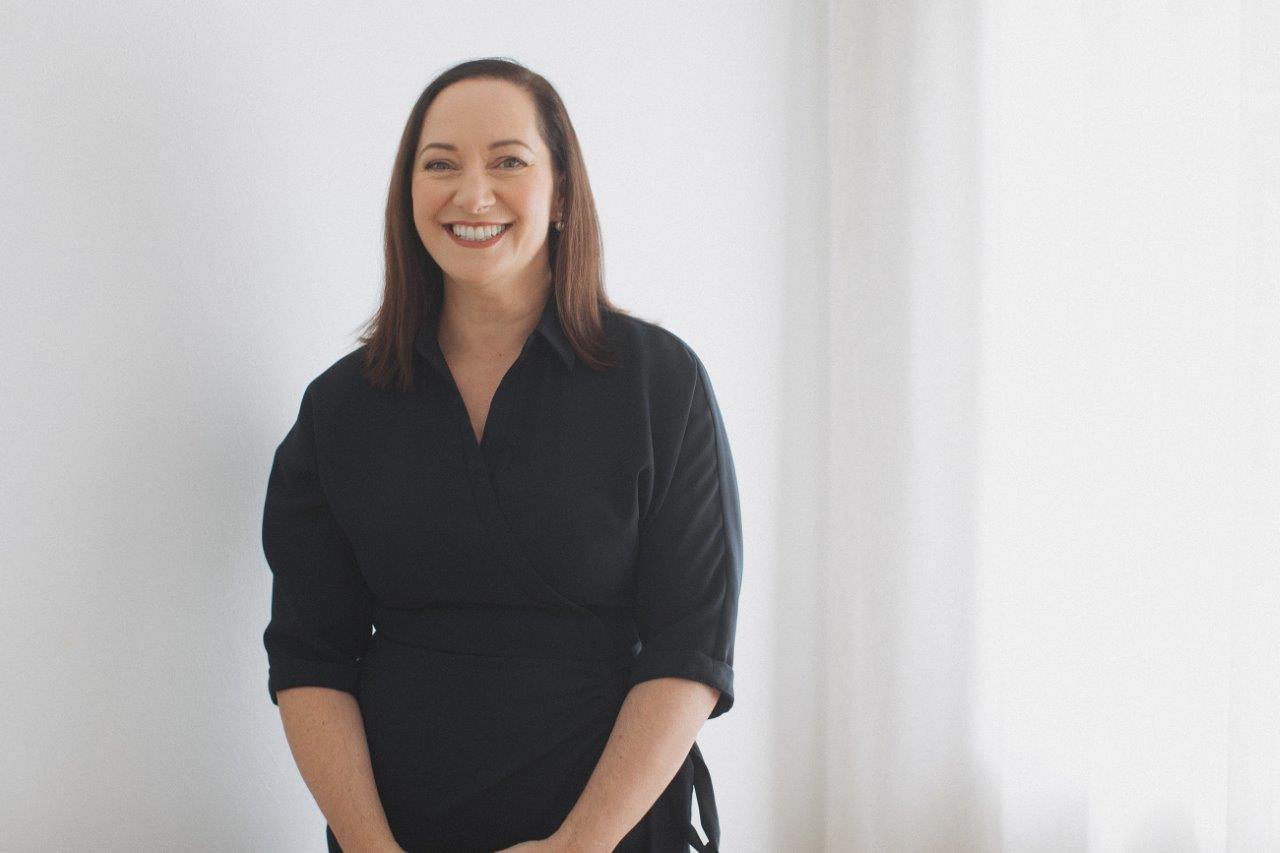
“Universities are so interesting, they move like icebergs, and changing them happens slowly, it’s very, very difficult and takes a long time,” Dr Collins, who spent 12 years as an ITE music lecturer, says.
With the Malinouskas Govt recently committing $7.5 million towards expanding music education in schools over the next three years, Collins says the SA survey results offer tangible evidence of the impact of the state’s strategy and the commitment that the Government has made.
“It also really pointed to things like, ‘Yes, this is definitely the next bit you need to work on’,” she says.
“And they’ve done really well in their younger years – so the first three years of school, but it seems they need instruments, they need appropriate space for music learning, it can’t just be that music teachers are wandering minstrels around the school.”
Of concern for the researcher, is how much professional learning is still being needed and how ill-prepared teachers are through their initial teacher training.
“And then also, there’s still a third of kids who aren’t getting music regularly, and that’s too high, as far as I’m concerned, in a state that is looking at a music education strategy and equity for all the students, so that really needs to be looked at.
“It’s a little bit about provision, and it’s a little bit about saying, ‘how are we making sure that in every school it’s been taught, and it’s been taught well?”
Research from June last year, and covered on EducationHQ, revealed a desperate need to restore music learning as a valuable part of initial teacher education (ITE) degrees.
The report found the average music education training hours at Australian universities fell from 17 in 2009 to eight by the end of last year.
So has there been any improvement since then?
“Universities are so interesting, they move like icebergs, and changing them happens is very, very difficult and takes a long time,” Collins, who spent 12 years as an ITE music lecturer, says.
“However, there are quite a number of universities that are seeing this as an opportunity to grow their student base and their enrolment base – and they’re having enormous success.
“Edith Cowan University particularly is looking at a whole bunch of different models of how they teach music education, and they’re having an enormous take up as well, they’re getting really big enrolment numbers to do it over there.
"I know that a couple of other universities, particularly in Queensland, are looking at different models as well.”
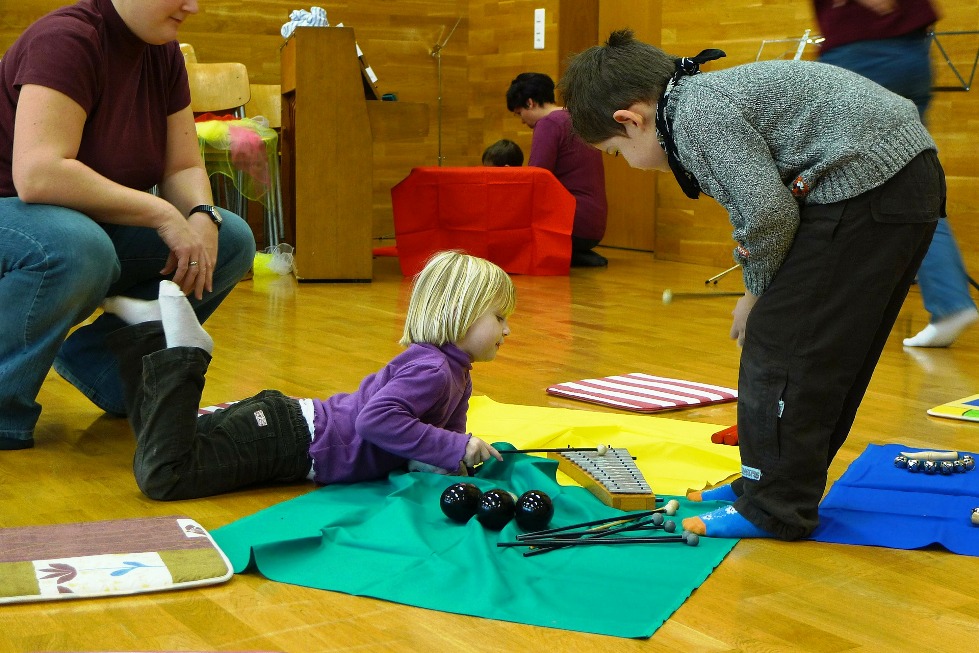
Collins says while SA has done really well, particularly with kids in their first three years of school, they need instruments and appropriate space for music learning – “... it can’t just be that music teachers are wandering minstrels around the school”.
Despite many universities seeing music education increases as not an economically viable option, Collins says there are people who want to become specialist music teachers, or have additional training in music education.
“But I think we really need to look at it as a much broader thing, not to see teachers as preservice or in-service teachers, but that they’re all the same, and we need to look at how we cater for them in the ITE space, but then also how we continue to develop in the in-service space.
“And whose responsibility is that? And how do we help departments of education, but also principals, understand the value of doing it for their staff, in terms of the student outcomes that they’re going to get from it?”
While South Australia has a clear music strategy, other states and territories do not.
“New South Wales, for example, does not yet have one, and we know has a history of not employing music specialists,” Collins says.
“The state has kept that policy for a very long time now, and I’m going to be so interested to see what the outcome has been of who’s teaching music? How much are they teaching? What sort of resources do they have? What sort of space do they have? Because it could be a very, very different picture.”
What is clear to Collins is the role a quality music program in early childhood settings can play.
“If we want to have a literate, productive, next generation of Australians, we actually need to give them music education at that pivotal time when they’re learning how to read, so roughly from the age of three to the age of seven, and a whole lot of things will be improved by that fact,” she suggests.
“So, it has the potential to fundamentally shift our education system, if we’re willing to upskill our teachers, give them the resources they need, and make sure that it’s in the timetable for students.”






